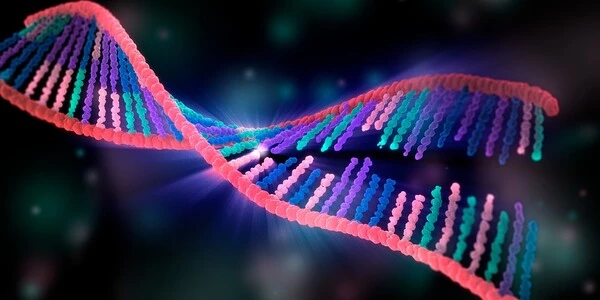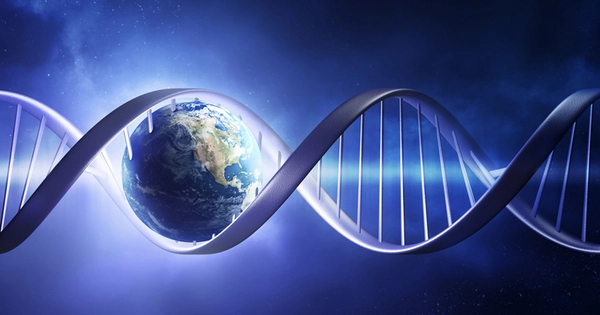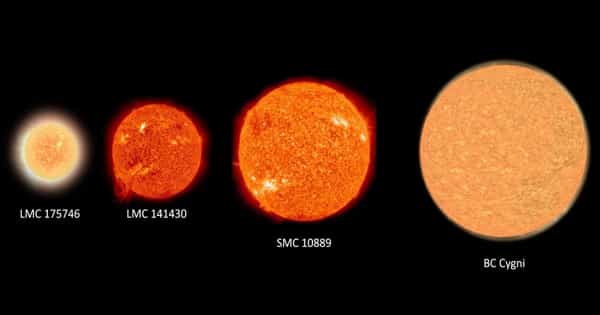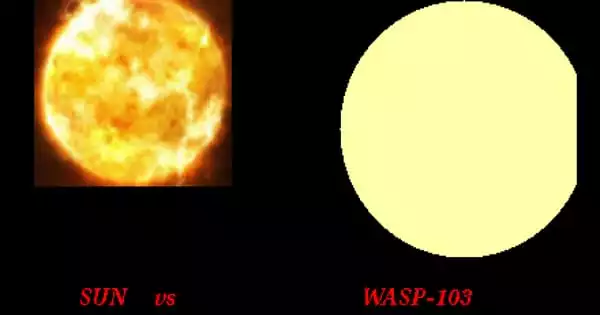The origins of the building blocks of life, such as amino acids, nucleotides, and lipids, are still a subject of ongoing research and debate in the scientific community. One theory is that they were formed through chemical processes on the early Earth, possibly as a result of lightning strikes or volcanic activity. Another possibility is that they were brought to Earth by comets or meteorites. The Miller-Urey experiment in the 1950s demonstrated that simple organic molecules could be formed from inorganic compounds under conditions similar to those thought to have existed on the early Earth, but it is still not clear whether these processes were sufficient to explain the origin of life.
According to a new study led by Southwest Research Institute Research Scientist Dr. Danna Qasim, interstellar cloud conditions may have played a significant role in the presence of key building blocks of life in the solar system.
“Carbonaceous chondrites are meteorites that are thought to have contributed to the origins of life. They contain a variety of molecules and organic substances, including amines and amino acids, which are key building blocks of life and were essential in the formation of life on Earth. These substances are required for the production of proteins and muscle tissue” said Qasim.
Most meteorites are fragments of asteroids that broke apart long ago in the asteroid belt, located between Mars and Jupiter. Such fragments orbit the Sun – sometimes for millions of years – before colliding with Earth.
Carbonaceous chondrites are meteorites that are thought to have contributed to the origins of life. They contain a variety of molecules and organic substances, including amines and amino acids, which are key building blocks of life and were essential in the formation of life on Earth.
Dr. Danna Qasim
One of the questions Qasim and others are trying to answer is how amino acids got into the carbonaceous chondrites in the first place. Because most meteorites come from asteroids, scientists have attempted to reproduce amino acids by simulating asteroid conditions in a laboratory setting, a process called “aqueous alteration.”
“That method hasn’t been completely successful,” Qasim admitted. “However, asteroids were formed from the parent interstellar molecular cloud, which was rich in organics. While no direct evidence of amino acids has been found in interstellar clouds, there is evidence of amines. The amino acids could have been provided by the molecular cloud in asteroids, which then passed them on to meteorites.”
Qasim simulated the formation of amines and amino acids as it would occur in the interstellar molecular cloud to determine to what extent amino acids formed from asteroid conditions and to what extent they were inherited from the interstellar molecular cloud.

“I created ices that are very common in the cloud and irradiated them to simulate the impact of cosmic rays,” explained Qasim, who conducted the experiment while working at NASA’s Goddard Space Flight Center in Greenbelt, Maryland, between 2020 and 2022. “This caused the molecules to break up and recombine into larger molecules, which ultimately created an organic residue.”
Qasim then processed the residue again, recreating asteroid conditions through aqueous alteration, and studied the substance for amines and amino acids. “No matter what kind of asteroid processing we did, the diversity of amines and amino acids from the interstellar ice experiments remained constant,” she said. “This indicates that interstellar cloud conditions are quite resistant to asteroid processing. These factors could have influenced the distribution of amino acids found in meteorites.”
However, the individual abundances of amino acids doubled, indicating that asteroid processing influences the number of amino acids present. “Essentially, we have to consider both the interstellar cloud conditions and the asteroid processing to best interpret the distribution,” she explained.
Qasim is looking forward to studying asteroid samples from missions like OSIRIS-REx, which is currently on its way back to Earth to deliver samples from the asteroid Bennu here in September, and Hayabusa2, which recently returned from the asteroid Ryugu, to better understand the role of the interstellar cloud in the distribution of life’s building blocks.
“When scientists study these samples, they’re usually trying to figure out what asteroid processes are influencing, but it’s clear that we now need to figure out how the interstellar cloud is influencing the distribution of the building blocks of life,” Qasim said.
















